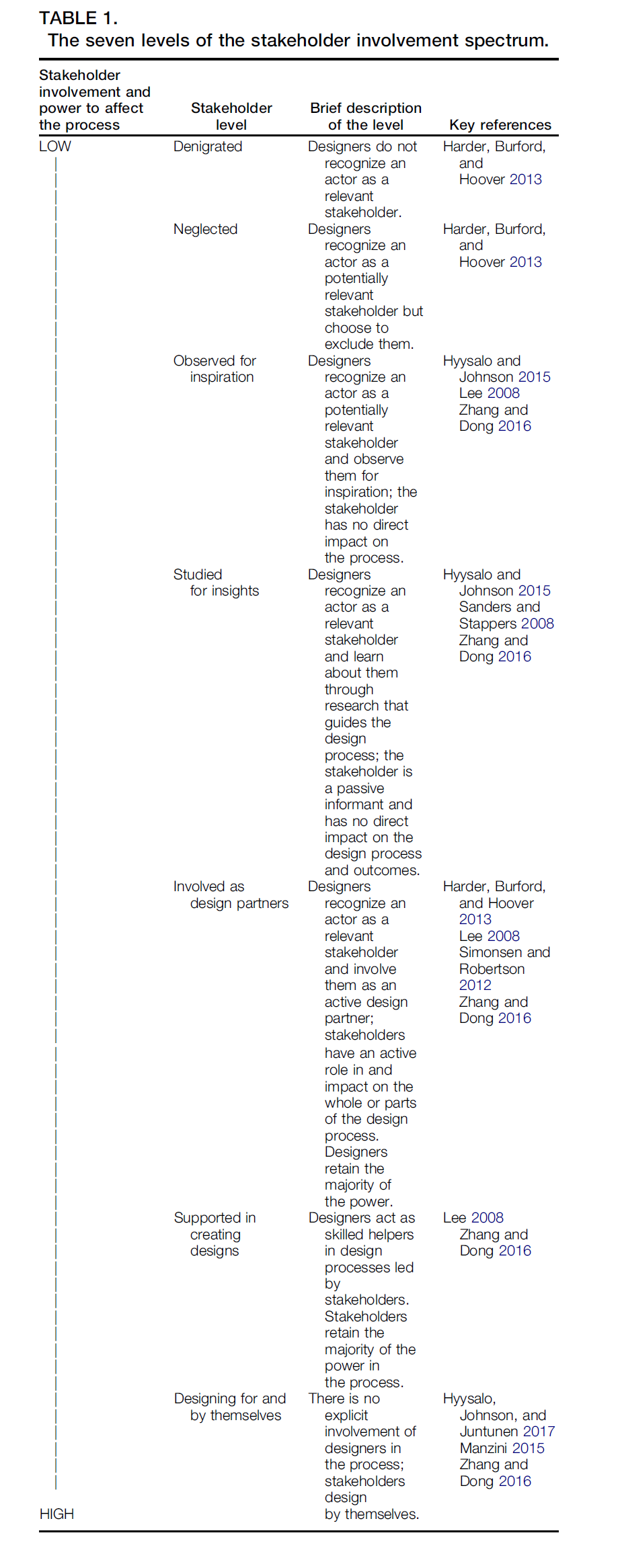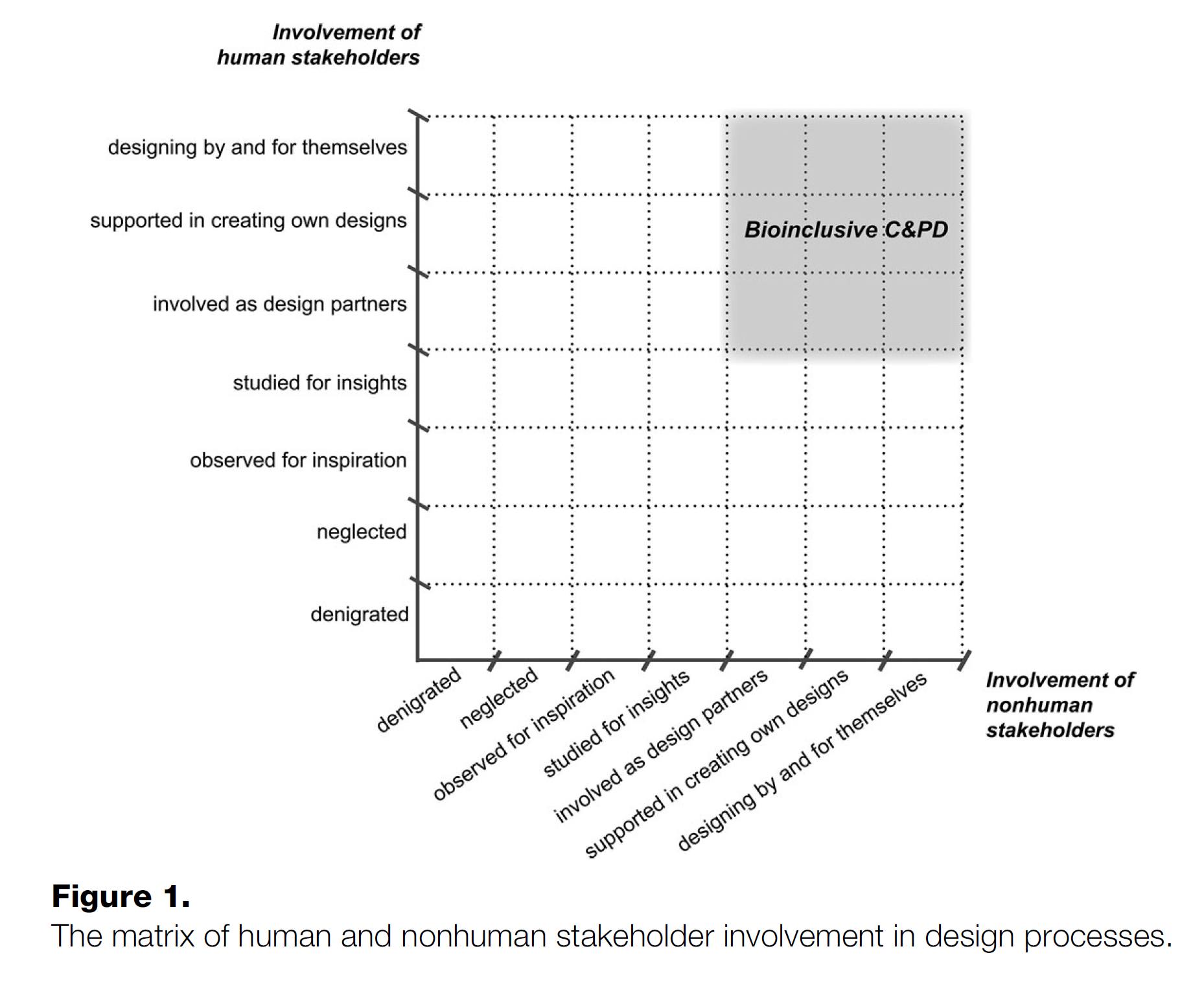G01 Democratisation
Group 1 - Jessica Broad
Not clear what the relationship to the book is. Can you engage in detail? What criticism this worldview can attract? Political, colonial, environmental, for example?
In what context this book was written and to what purpose (hint, it is supporting expensive executive education and is written with business returns in mind)
McAfee, Andrew, and Erik Brynjolfsson. Machine, Platform, Crowd: Harnessing Our Digital Future. New York: W. W. Norton, 2017.
How can you link this framework with the materials and topics introduced by the subject?
Reflect on and define your key terms:
- Democracy: what is it? Why is it good? What is bad about it? What understanding you are using?
- Architecture: what is it, and why is it important in your narrative?
- 'Second machine age': is this a real thing, are there different conceptualizations?

Nonhuman life, the Earth with its boundaries, the colonial past, the existing damage and its limitations, justice are all missing from this picture.
Your reasons for the causes of unaffordability are not persuasive. Housing is more affordable in places where it is more uniform and regulated, for example in Hong Kong. Can you research your assumptions and support your claims with evidence, also making them more nuanced?
Participation seems to be an important topic here, can you research this more closely?
- History
- Approaches
- Criticisms
- Possible futures
Consider who, how, when participates, at what costs, with what risks, and with which outcomes.
Is participation different in business, design, architecture, urban design? How?
For one, crowd-based design is likely to preclude some innovation, will dominate minorities with majority opinions, will perpetuate existing distributions of power and money, will be limited by the poor levels of knowledge, prejudice, superstition and — avaricious relationship to nonhuman lives and the environment. Commons are also not automatically a good thing, they can be co-opted by the self-serving forces for problematic aims, be self-serving and exclusionary, all that. In these conditions, where should power lie, and what is the value of knowledge/skill/expertise?
Consider a particular case-study you could explore.
On my thinking about participation and how this needs to extend to include all stakeholders, see:
Roudavski, Stanislav. ‘Interspecies Design’. In Cambridge Companion to Literature and the Anthropocene, edited by John Parham, 147–62. Cambridge: Cambridge University Press, 2021.
This chapter can also provide further references to look at regarding participation.
This note is about participation of multiple stakeholders in decisions or design.
Human Participation
Precedents for inclusion:
Nihil novi nisi commune consensu (1505 act/constitution in Poland), interpreted as "nothing about us without us" (Nihil de nobis, sine nobis)
Nonhuman Participation
Jönsson, Li. ‘Stakes at the Edge of Participation: Where Words and Things Are the Entirely Serious Title of a Problem’. Design Ecologies, no. 6 (2015): 9.
Rice, Louis. ‘Nonhumans in Participatory Design’. CoDesign 14, no. 3 (2018): 238–57. https://doi.org/10/gfvpfx.
Pettersen, Ida Nilstad, Hanne Cecilie Geirbo, and Hanne Johnsrud. ‘The Tree as Method: Co-Creating with Urban Ecosystems’. In PDC ’18: Proceedings of the 15th Participatory Design Conference, edited by Liesbeth Huybrechts, Maurizio Teli, Ann Light, Yanki Lee, Carl Di Salvo, Erik Grönvall, Anne Marie Kanstrup, and Keld Bødker, 2:1–6. Hasselt and Genk Belgium: ACM, 2018. https://doi.org/10/gfsp24.
Bastian, Michelle, Owain Jones, Niamh Moore, and Emma Roe, eds. Participatory Research in More-than-Human Worlds. Routledge Studies in Human Geography. Abingdon: Routledge, 2017.
Key Concepts
- voluntary participation
- non-voluntary participation
- unconscious participation
- ecodemocracty What is ecodemocracy?
Co-Creation (in Ecological Economics)
Co creation is to the emergence of novelty in co-evolutionary processes where human activities interact with evolutionary dynamics (this means everywhere always?).
Herrmann-Pillath, Carsten. ‘The Art of Co-Creation: An Intervention in the Philosophy of Ecological Economics’. Ecological Economics 169 (2020): 106526. https://doi.org/10/gr4fsz.
Participation in Architecture
Jenkins, Paul, and Leslie Forsyth, eds. Architecture, Participation and Society. London: Routledge, 2010.
Sanchez, Jose. Architecture for the Commons. New York: Routledge, 2020.
Till, Jeremy. Architecture Depends. Cambridge, MA: MIT Press, 2009.
Participatory Design
Methods to Study Participation
On ethnographic methods for studying participation.
Hajer, Maarten A., and Hendrik Wagenaar, eds. Deliberative Policy Analysis: Understanding Governance in the Network Society. Cambridge: Cambridge University Press, 2003.
DIY (Do It Yourself)
Finn, Donovan. “DIY Urbanism: Implications for Cities.” Journal of Urbanism: International Research on Placemaking and Urban Sustainability 7, no. 4 (2014): 381–98. https://doi.org/10/gf6h4h.
Do-It-Together vs Do-It-Yourself
For the background, logic and references on do-it-together and factories-of-the-future see "Do-It-Together'' and innovation, towards the Factories of the Future (FoF) (univ-lorraine.fr)
Fauchart, Emmanuelle, Maya Bacache-Beauvallet, Marc Bourreau, and François Moreau. “Do-It-Yourself or Do-It-Together: How Digital Technologies Affect Creating Alone or with Others?” Technovation 112 (2022): 102412. https://doi.org/10/gpwnfg.
Singer, Haley, Anna Dunn, Blanche Verlie, Stephanie Lavau, and Tessa Laird, eds. “Hacking the Anthropocene: Do-It-Together (DIT).” Special issue. Feral Feminism, no. 10 (2021).
Külschbach, Andreas, Tobias Leiting, and Volker Stich. “Do-It-Together Concept for Production Ecosystems.” In Proceedings of the Conference on Production Systems and Logistics: CPSL 2020, edited by Peter Nyhuis, David Herberger, and Marco Hübner, 369–76. Hannover: Institutionelles Repositorium der Leibniz Universität Hannover, 2020. https://doi.org/10/gpwnfh.
Jarvis, Helen. “Envisioning Liveability and Do-It-Together Urban Development.” In The Routledge Handbook on Spaces of Urban Politics, edited by Kevin Ward, Andrew E. G. Jonas, Byron Miller, and David Wilson, 336–49. Abingdon: Routledge, 2018.
Human only but interesting as an example of supporting local community innovation in practice:
Kobro, Lars U. Let’s Do It Together: Handbook for Local Collaborative Social Innovation. Notodden: University of South-Eastern Norway, 2018.
Sobral, Laura. Cooperation Tools for the City Co-Governance. Berlin: A Cicade Press, 2018.
This note discusses the key concept in participatory design as the background to more-than-human participation.
Cf. Personas
Background on Participatory Design
Simonsen, Jesper, and Toni Robertson, eds. ‘Organising Principles and General Guidelines for Participatory Design Projects’. In Routledge International Handbook of Participatory Design, 117–44. New York: Routledge, 2013.
Degrees of Participation


Veselova, Emīlija, and İdil Gaziulusoy. ‘Bioinclusive Collaborative and Participatory Design: A Conceptual Framework and a Research Agenda’. Design and Culture, 2022, 1–35. https://doi.org/10/gn8psk.
Ladder of Participation
A relevant concept is the ladder of participation. Cf. our discussion in the draft article on community imagination for Codesign (see ../Alexander Reuben Holland - Stanislav/00 PhD/_Writing/00 Design Experiments/04 CoDesign Article - Designing for Reimagined Communities)
Arnstein, Sherry R. ‘A Ladder of Citizen Participation’. Journal of the American Institute of Planners 35, no. 4 (1969): 216–24. https://doi.org/10/cvct7d.
Value-Sensitive Design
Umbrello, Steven. ‘Imaginative Value Sensitive Design: Using Moral Imagination Theory to Inform Responsible Technology Design’. Science and Engineering Ethics 26, no. 2 (2020): 575–95. https://doi.org/10/ghc9mf.
Friedman, Batya, and David Hendry. Value Sensitive Design: Shaping Technology with Moral Imagination. Cambridge, MA: MIT Press, 2019.
More-than-Human Approaches
Edwards, Ferne, and Ida Nilstad Pettersen. ‘Speculative Design for Envisioning More-Than-Human Futures in Desirable Counter-Cities’. Cities 142 (2023): 104553. https://doi.org/10.1016/j.cities.2023.104553.
Talgorn, Elise, and Helle Ullerup. ‘Invoking “Empathy for the Planet” Through Participatory Ecological Storytelling: From Human-Centered to Planet-Centered Design’. Sustainability 15, no. 10 (2023): 7794. https://doi.org/10/gss3c5.
Our Work
Holland, Alexander, and Stanislav Roudavski. ‘Design Tools and Complexity: Mobile Games and Collective Imagination’. In Proceedigns of the 34th International Conference on Research in Computer Aided Architectural Design in Europe: (eCAADe): Complexity and Simplicity, edited by Aulikki Hermeoia, Toni Österlund, and Piia Markkanen, 2:555–64. Brussels: eCAADe, University of Oulu, 2016. https://doi.org/10/czr9.
Holland, Alexander, and Stanislav Roudavski. ‘Mobile Gaming for Agonistic Design’. In Fifty Years Later: Revisiting the Role of Architectural Science in Design and Practice: The 50th International Conference of the Architectural Science Association, edited by Jian Zuo, Lyrian Daniel, and Veronica Soebarto, 299–308. Adelaide: Architectural Science Association, The University of Adelaide, 2016. https://doi.org/10/czsc.
Holland, Alexander, and Stanislav Roudavski. ‘Participatory Design for Multispecies Cohabitation: By Trees, for Birds, with Humans’. In Designing More-than-Human Smart Cities: Beyond Sustainability, Towards Cohabitation, edited by Sara Heitlinger, Marcus Foth, and Rachel Clarke. Oxford: Oxford University Press, in press.
Parker, Dan, Stanislav Roudavski, Kylie Soanes, Chiara Bettega, Luigi Marchesi, Paolo Pedrini, Chiara Fedrigotti, and Mattia Brambilla. ‘An Online Tool to Design Custom Habitat-Structures with and for Tree-Dwelling Species’. In Proceedings of the International Conference on Construction, Energy, Environment and Sustainability, edited by Julieta António, Nuno Simões, and Michael Lacasse, 1–9. Funchal: Itecons, 2023.